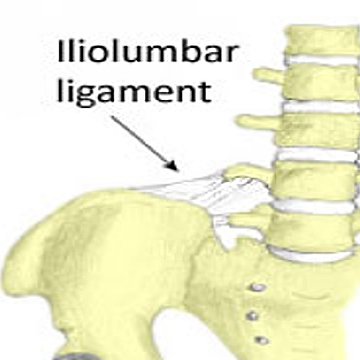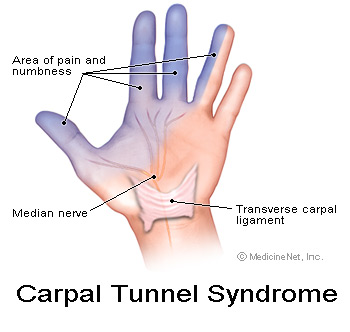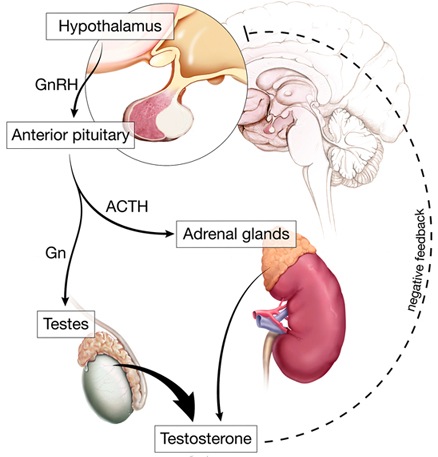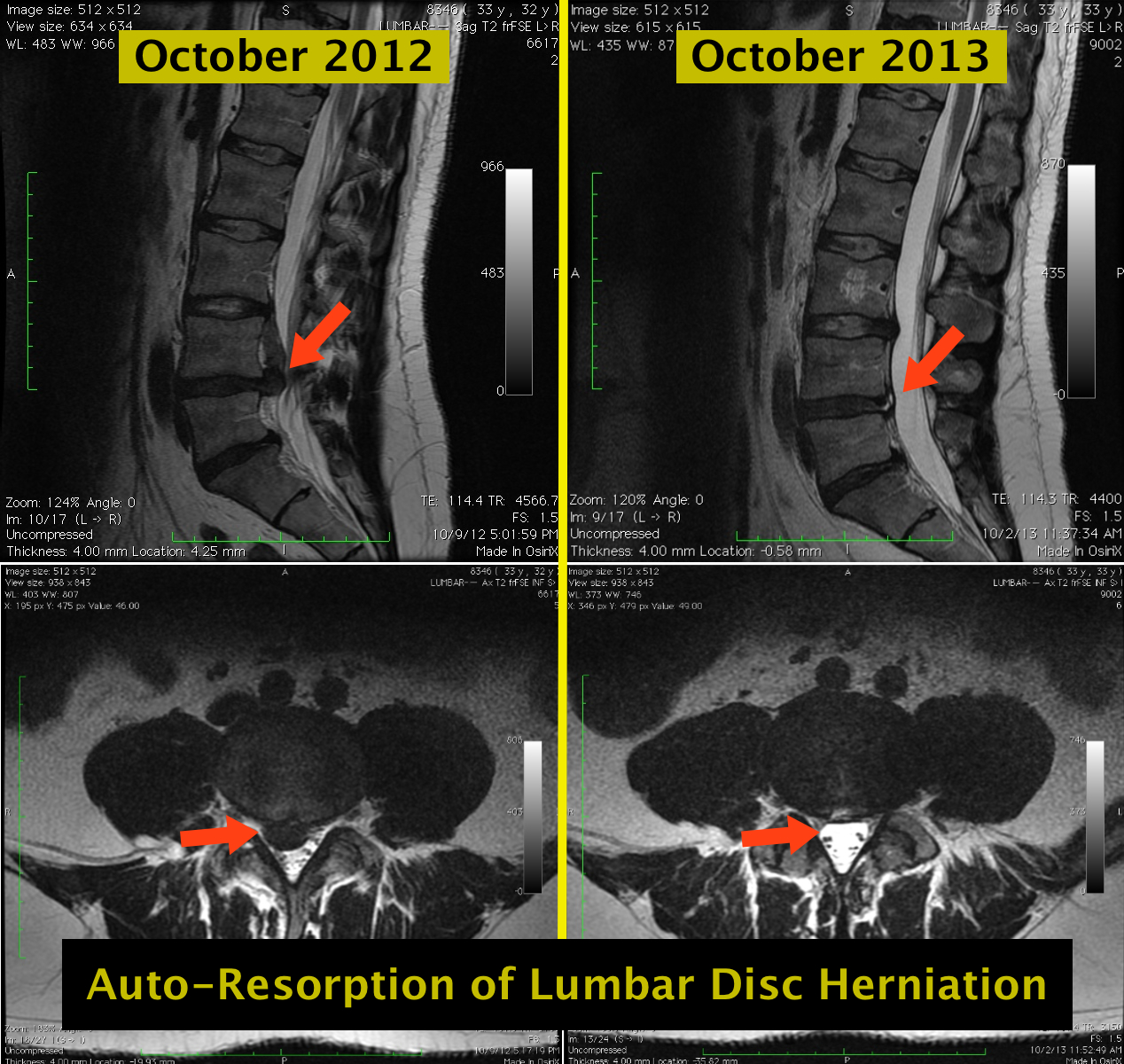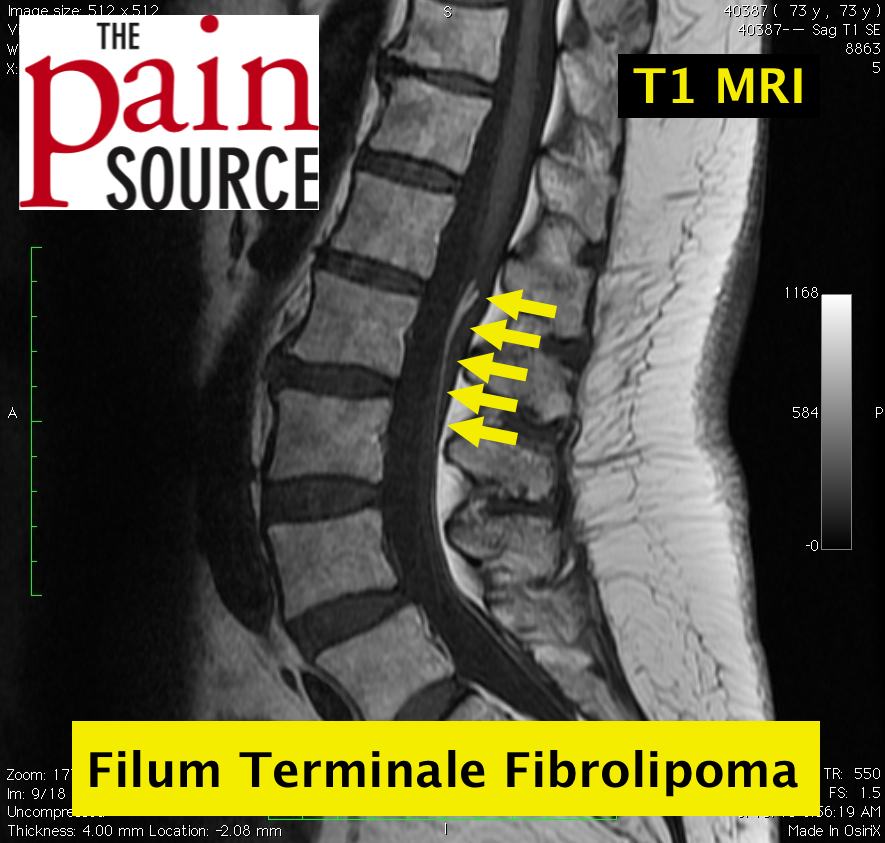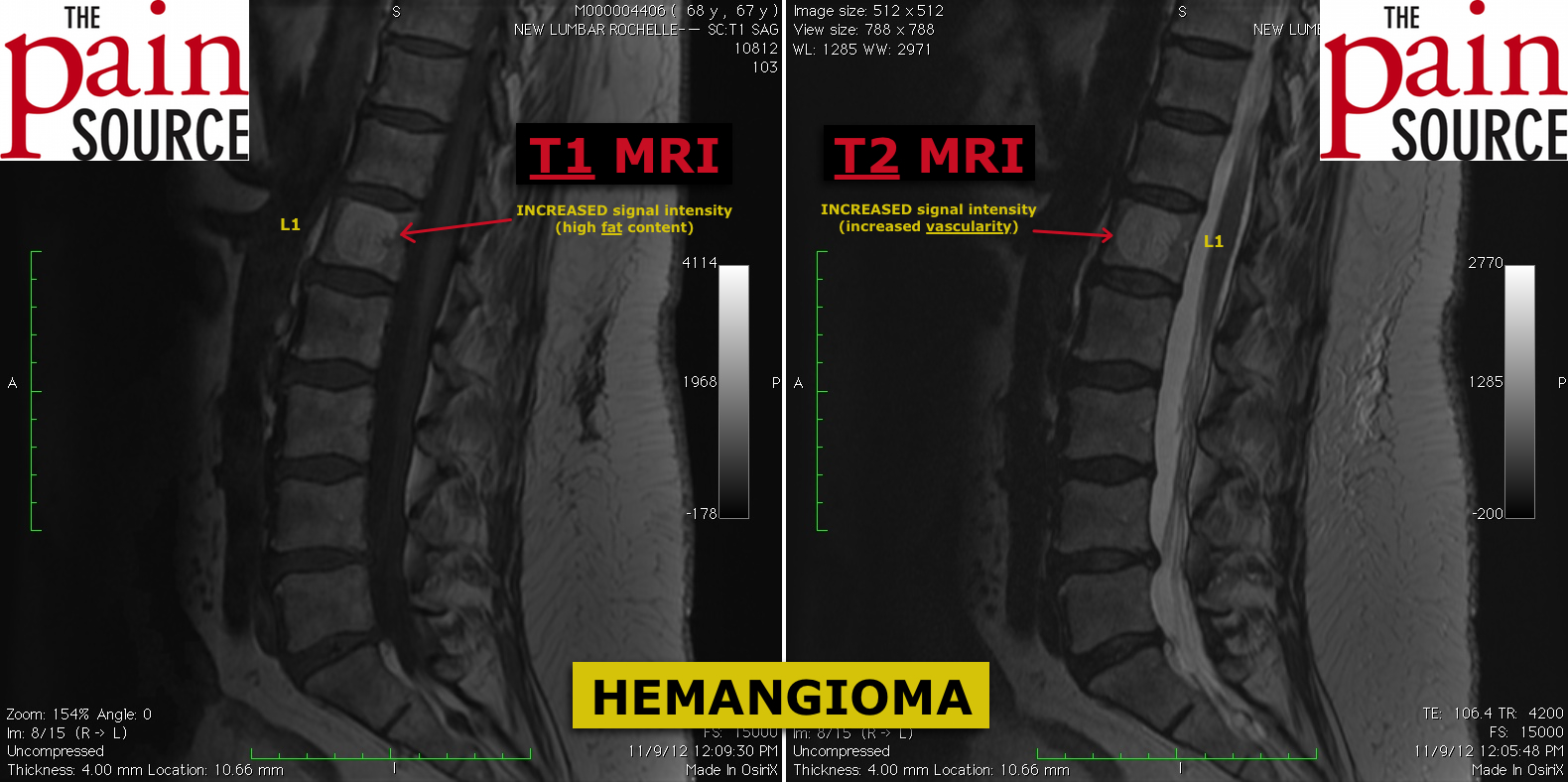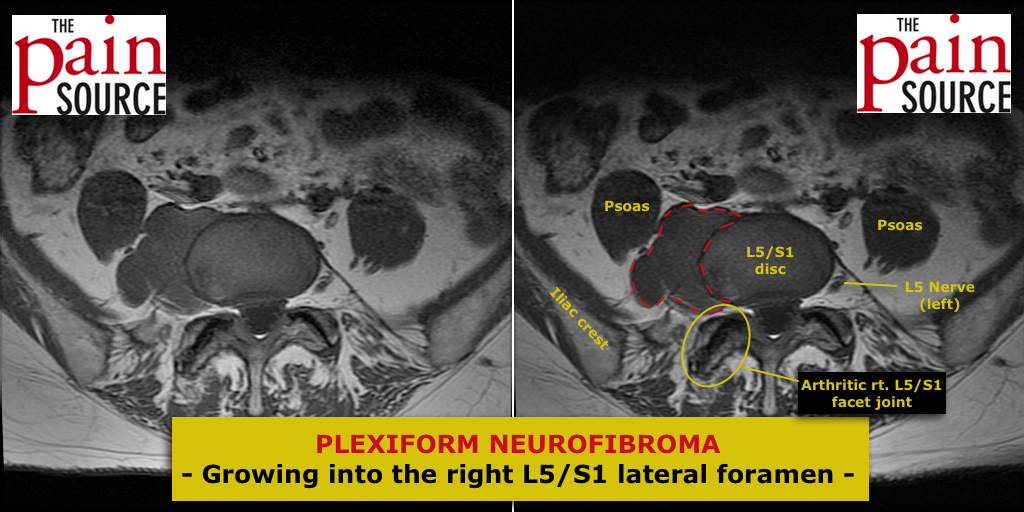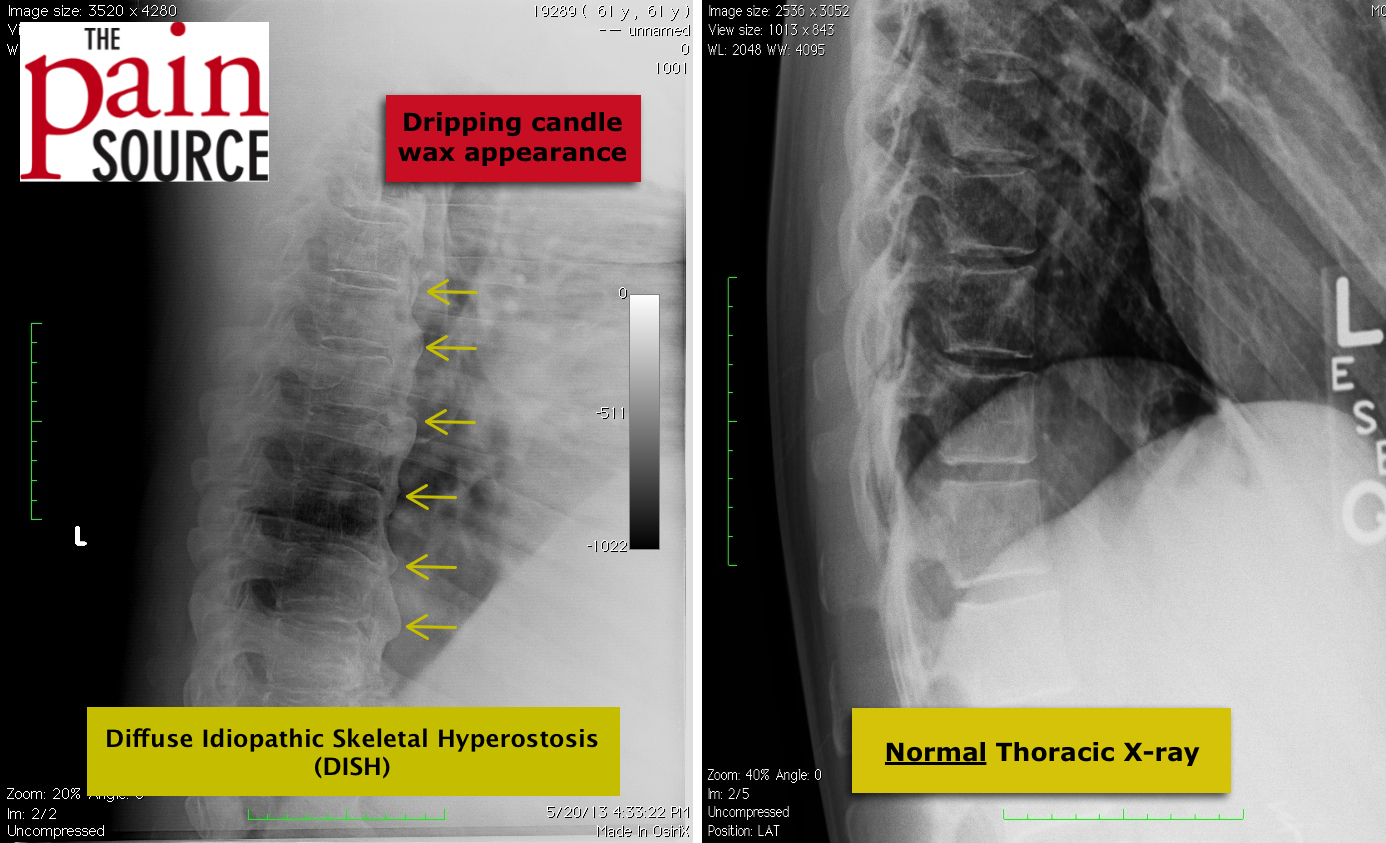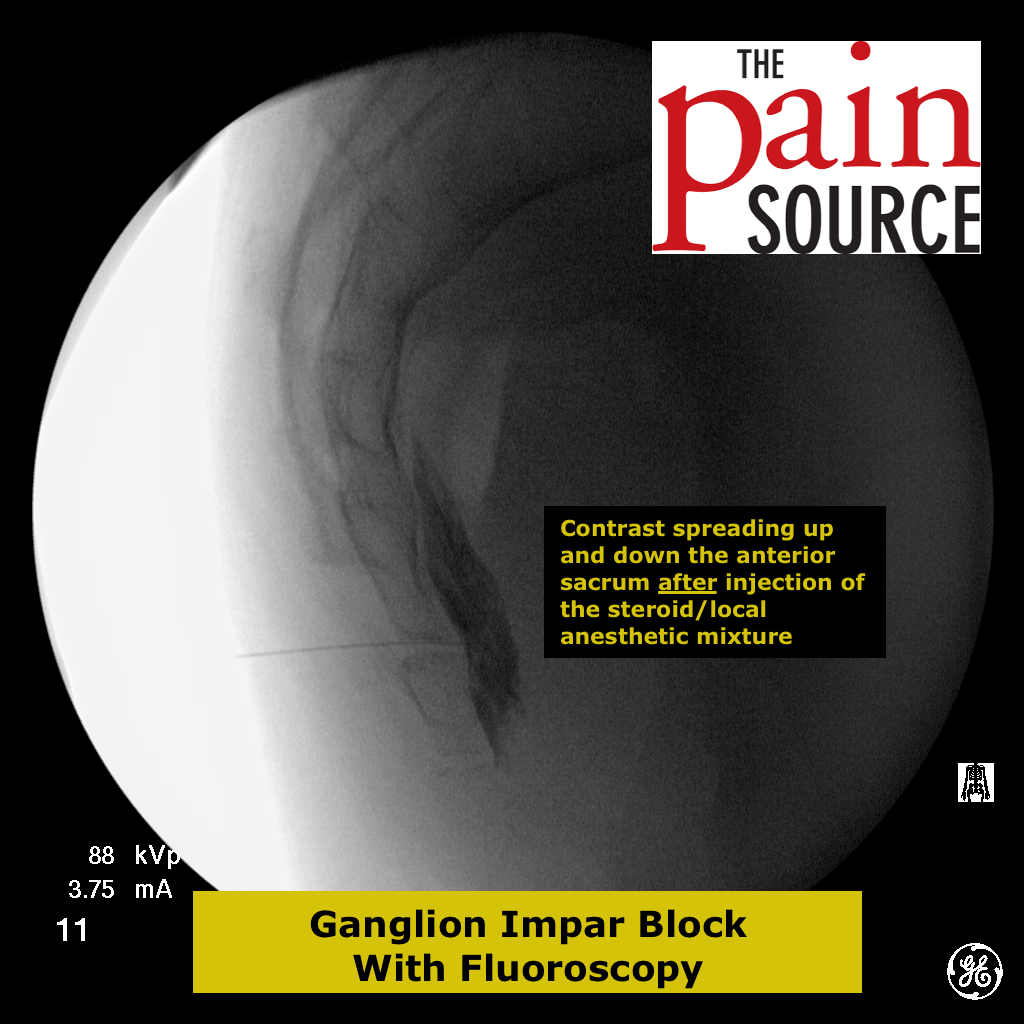Constipation is the most common adverse effect of long-term opioid management of pain. It can be a very troubling issue, and is a frequent reason why opioid pain medication is stopped or changed.
Physiology
Multiple factors contribute to opioid-induced constipation. At the heart of the issue is reduced peristalsis in the small intestine and colon.
Other possible etiologies include:
- Increased anal sphincter tone
- Increased electrolyte and water absorption –> so the stool becomes more firm, and less mobile
- Impaired defecation response when stool enters the rectal vault (failed relaxation on the internal anal sphincter)
- This is why medications with anticholinergic effects frequently lead to constipation.
- Amitriptyline (Elavil) and Nortriptyline (Pamelor) are examples of medications commonly used in pain management that have the undesirable side effect of constipation. We should be aware of these causes of constipation in our patient’s as well.
- On the other hand, dicyclomine (Bentyl), is an anticholinergic drug that we use to intentionally take advantage of this intestinal relaxation effect to reduce painful abdominal spasms [for patients with irritable bowel syndrome].
- Opioids are believed to modulate this acetylcholine activity in the intestines –> constipation
Treatment/Prevention
The most important management of opioid-induced constipation is in prevention.
Constipation is the only adverse effect of opioids that never develops tolerance over time (nausea, sedation, dizziness, and analgesia can all develop tolerance)
Prevention lies in stopping the development of firm, dehydrated stool from accumulating in the small intestines and colon with decreased motility.
- This provides the needed liquid to soften stool, and causes passive movement of the bowels via active intraabdominal pressure changes.
2) Docusate sodium (Colace):
- Very inexpensive, over-the-counter stool softener
- Increases secretions into the GI tract (and thus into the stool)
- Dosing: 200-800-mg PO in divided BID doses; must drink lots of water for it to work.
- Onset: 1-3 days
- An alternative is docusate calcium (Surfak), which comes in 240-mg softgels.
- This is not enough though, as these patients will still have decreased intestinal motility.
- Osmotic laxative
- Produce an osmotic gradient that draws fluid into the small intestines, and thus increases peristalsis of soft stool.
- Does NOT directly stimulate the myenteric plexus to contract
- As with Colace above, this is also sometimes given daily to prevent the development of constipation.
- Dosing: 15-30 ml PO daily
- Onset: 1-2 days
- Mannitol and Sorbitol are two other osmotic laxatives, though not as frequently used.
4) Senna (Senokot, Senokot-S, Ex-lax)
- Stimulant laxative; stimulates the myenteric plexus directly
- Senna (generic): 15-mg tabs; start with one tab daily; MUCH cheaper than Senokot
- Senokot comes as 8.6-mg of sennosides: recommended dose is 2 tabs at night; max of 4 tabs BID
- Senokot-S combines the same 8.6-mg of sennosides with 50-mg of docusate sodium to give it some stool softening effects.
- Ex-lax: comes as chocolate pieces or pills
- Note: buying generic docusate sodium and generic senna is considerably cheaper than Senokot-S.
- Onset: 6-12 hrs; depending on how quickly they work for the patient, may want to take them at night or in the AM
5) Bisacodyl (Dulcolax)
- Stimulant laxative; stimulates the myenteric plexus directly
- Dosing: 5-10mg (1-2 tabs) each day
- Onset: 6-12 hrs; may give at night depending on how quickly they work.
- Also comes in a 10-mg suppository (not ideal for daily use in patients that can swallow). Works in 60 minutes.
- Laxative
- Generic; over-the-counter
- NOT used for prevention. Best for treatment of resistant constipation.
- Dosing: 150-300 ml in divided doses
- Onset: 1-6 hrs
5) Polyethylene Glycol (Miralax)
- Osmotic laxative
- Liquid that is dissolved in 8 ounces of water
- Dosing: 17 grams (one TBSP) daily for prevention.
- Onset: 1-2 days
- For a quicker effect, it can be given every 2 hours until a large bowel movement (for the treatment of constipation).
- Naltrexone is a pure opioid antagonist.
- In it’s methylated form, naltrexone blocks the opioid effects in the gut, without crossing the blood-brain barrier, and therefore, without blocking opioid analgesic effects in the brain.
- Works only for opioid-induced constipation
- Subcutaneous injectable
- Dosing: Depends on the patient’s weight. Go here for the details.
- Onset: 30 minutes to 4 hours
- NOT a good option for patients with opioid-induced constipation
- While fiber is a great option for patients with constipation and normal peristalsis, in a patient with opioid-induced constipation, the reduced peristalsis will cause the stool to bulk up and not move. This may predispose to the patient to bowel obstruction/impaction.






